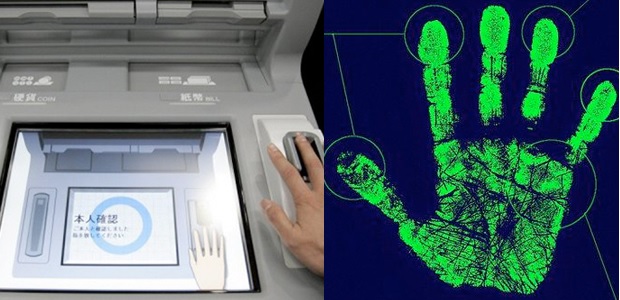Biometric banking to top $4bn by 2021

Global revenues for biometric banking technologies are expected to top US$4bn by 2021, ABI Research has revealed. “Biometric market hype is shifting away from consumer electronics and toward biometric banking technologies that appeal to millennials,” the firm says. “Ease of transaction, increased security and greater user experience are the top tier features that attract customers to biometric banking.”
A mix of agile startups and powerful leading payment card players are integrating biometrics into mobile payment services, smart cards, and ATMs to improve banking security and authentication through innovative form factors, the company says.
“This market shift is occurring faster than initially anticipated, with global revenues for biometric banking technology expected to top $4 billion by 2021,” says Dimitrios Pavlakis, Industry Analyst at ABI Research. “North America alone accounts for almost $8 billion in payment card fraud, a statistic that suggests the need for greater transaction security.”
The new biometric banking applications specifically target millennials, with many in this generation quick to adopt the new technology. Ease of transaction, increased security, and greater user experience are the top tier features that attract customers to biometric banking.
Mastercard has already integrated facial biometrics into its arsenal allowing users to pay using selfies, while banks worldwide are adopting fingerprint, voice, and facial recognition for personal banking. And it is not just banks and payment card players getting in on the action—Japanese vein recognition market leaders Fujitsu and Hitachi honed their technology over the past years to develop an intuitive vein recognition solution for ATM applications. Vascular biometrics authenticates a user by identifying the unique patterns made by his or her veins.
Given the market appeal, pioneering startups were quick to follow suit. Atom Bank is testing the limits of mobile services through its biometrically-fueled, online-only banking approach. And Diebold and Eyelock recently partnered to deliver an iris recognition ATM that leverages NFC and QR technology via the users’ smartphone devices.
Though the market is experiencing rapid adoption of these new biometric banking applications, vendors still struggle to tend to the ever-increasing vulnerabilities. Sensor and device manufacturers, algorithm designers, SDK and app developers, and information security providers will face significant challenges moving forward. Some aspects that will need addressing include leveraging and upgrading the existing infrastructure, interoperability issues, and data security.
“Security flaws are always a concern, and even more so when customers’ biometric data is involved,” concludes Pavlakis. “Banks and banking service providers will need to assure their clients that their data is being stored and managed efficiently.”
These findings are from ABI Research’s Biometrics Applications in the Financial and Banking Sectors.
Source: abiresearch.com
Dariusz Mazurkiewicz – CEO at BLIK Polish Payment Standard
Banking 4.0 – „how was the experience for you”
„To be honest I think that Sinaia, your conference, is much better then Davos.”
Many more interesting quotes in the video below:












